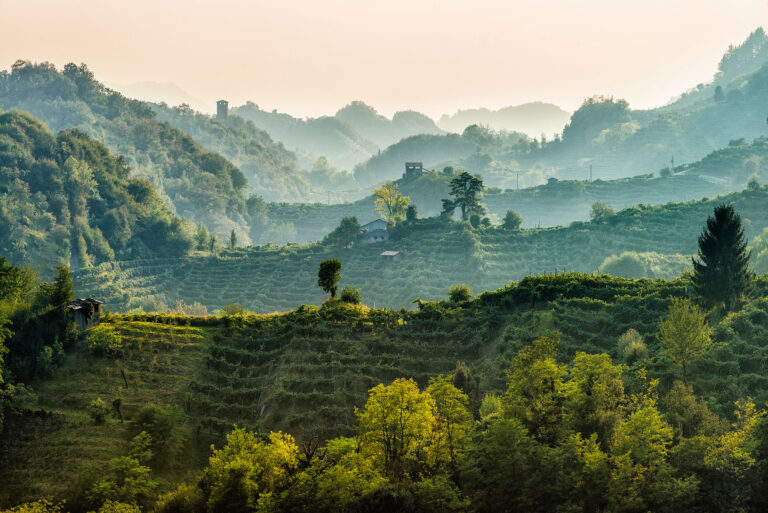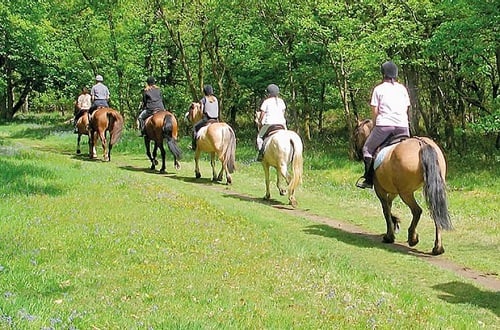The sites of the Great War 1915-1918
The Marca Trevigiana hosted one of the most tragic scenarios of our modern history, the Great War, of which it still retains the signs of the devastation brought by the last battles fought between 1917 and 1918 from Monte Grappa to Vittorio Veneto, a place that marked the end on November 4, 1918.Vidor was the first town to see the arrival of troops in November 1917. Right here, in order to slow the enemy down, the Vidor Bridge was blown up by the Italians. of the main symbols of the passage of the war fury From the center of the town it is possible to walk up the Col Castello where today there is a memorial dedicated to the fallen of the Great War. Among the vegetation, the entrance to a trench appears from time to time, well marked by descriptive signs. A few steps away is Col Marcon, characterized by a wide view of the Piave river and Monte Grappa which made it an observation point for the enemy. Going down again towards the center, you can find the Benedictine Abbey of Santa Bona. Built in the 12th century, it suffered significant damage during the World War so that today, of the original parts, only the cloister and the church remain. Continuing towards Moriago della Battaglia, an important stop is the Isle of the Dead, whose name is due to the macabre discovery, in the days following the battle, of thousands of lifeless bodies of daring Italians. Here there is a stone pyramid with a barbed wire cross and a helmet on top, and a sanctuary dedicated to the Madonna, built after World War II. In the center of the town is the “Da Camino” Tower, an ancient building of medieval origin destroyed during the Great War of which only the remains remain today. In the nearby hamlet of Fontigo, you can visit the Museum of the Great War which houses the numerous artifacts found in the area, while in the center of Falzé, there is the Monument of the Arditi, a tribute to the intrepid “Caimani del Piave”. , in Refrontolo, the symbolic place of the passage of the war is certainly the Villa Battaglia-Spada, the seat of the enemy command and strategic observation point on the Quartier del Piave and Montello, thanks to its Tempietto located on the top of the hill behind the villa. Vallata, in Follina you can find the Austro-Hungarian Cemetery and in Combai the Strada de la Fan, a mule track built by the inhabitants of the area to be able to transport the cannons of the enemy army. In Cison di Valmarino, not far from the town center, is the Bosco delle Penne Mozze, a memorial immersed in nature in memory of all the Alpine troops in Treviso who died in war. In the area of over 16,000 square meters, plants were planted, paths dedicated to the Trevigiane Alpine Gold Medals were laid out and, above all, 2000 stelae were laid in memory of the fallen. Continuing towards Vittorio Veneto and making a small detour, it is possible to take the scenic 100 Days Road on the San Boldo Pass, built in 1918 by the Austrian military genius for strategic needs. In Vittorio Veneto, a symbolic place of the end of the First World War, it is possible to visit the Museum of the Battle which contains a private collection of objects dating back to the conflict found throughout the Piave area by a “boy of ’99” vittoriese. www.primaveradelprosecco.it

In the kingdom of Prosecco DOCG
In the kingdom of Prosecco DOCG



